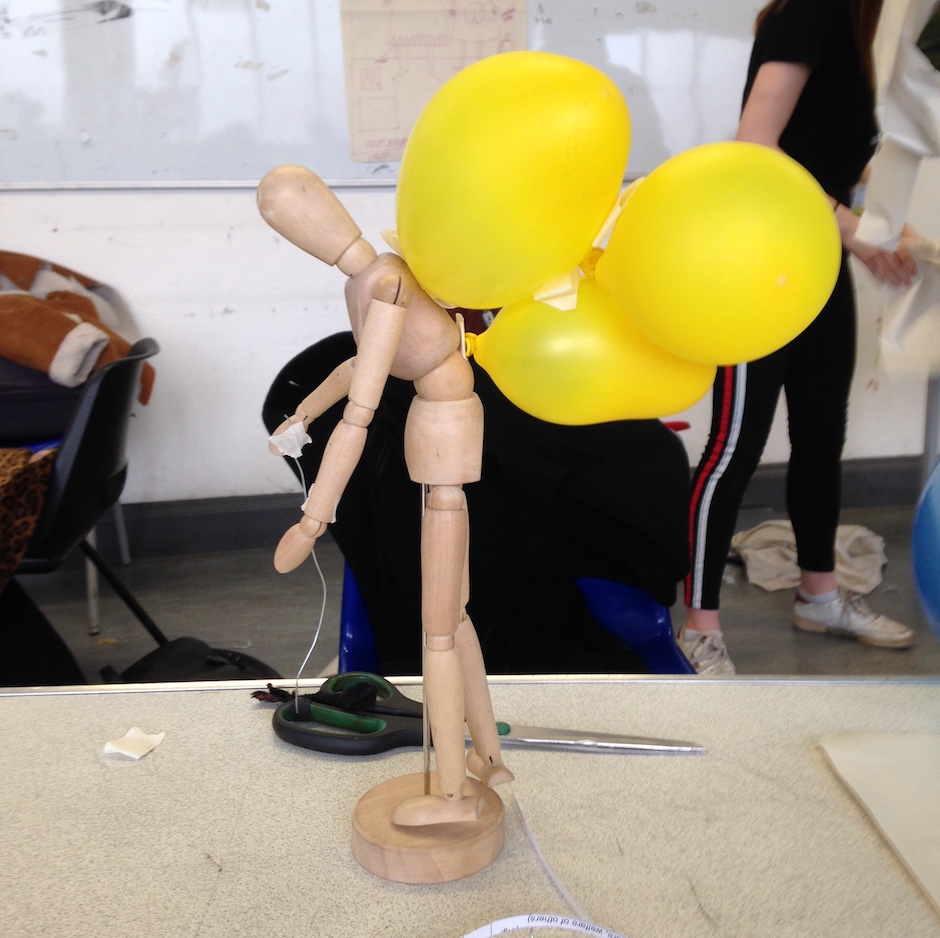In response to reading
Lewis, L and Leigh Ross S (2022) Home sweet home: achieving belonging and engagement in online learning spaces (2022) Spark: UAL Creative teaching and learning Journal

I found this article both engaging and inspiring in several ways.
Firstly, it took me back to teaching during the pandemic, and the steep learning curve that introduced us and the students to various online platforms. As a design tutor my sessions were seen as least reliant on a specific physical space, action and demonstration, and therefore easiest to move online. What followed was a terrifying and exhilarating rapid learning of platforms and re-forming of units and materials to deliver to students. In that time I felt, as everyone did, the need to connect, reassure and establish student communities alongside my teaching in this new (to me) medium.
Some of this new working practice was interesting and fun – and a lot of it has endured in my teaching now even as the novelty has waned Miro, the platform used in this article, is one that we still use in our planning, and I have also adopted a similar one called Mural in my design practice to communicate with directors. This article reminded me how useful online platforms can be as a gathering space for large student groups, especially as there isn’t an equivalent notice board in our building for our course.
More recently, however, I have found it harder to create collaborative online spaces that the students will take on and make into their own resources. I am keen to gain some guidance and encouragement to try again. It is an ephemeral and ultimately magical thing, facilitating a sense of ownership and belonging in a space, but in this paper Lee Lewis and Stacey Leigh Ross talk about specific relationships and interactions that help foster ownership and belonging:
“ a connection to place and the people within it is key to understanding what makes some virtual environments flourish more than others” ( Lewis/Leigh- Ross 2022)

Secondly, it spoke about digital teaching spaces in a way I recognised. It felt related to in my thinking on ways to extend and disrupt classroom configurations, informed by my practice as a theatre designer. Could there be any transferrable learning from digital to actual spaces?
The tutors discuss the nature of the tutor’s role – how much they may contrive and control the space and student engagement seeing as independence and autonomy is a factor they identify as fostering a sense of ownership. It had struck me that maybe I had misjudged how much and when to control proceedings when teaching. As a theatre designer there is a delicate balance between manipulating a space and the atmosphere and interaction between audience and actor, striving to produce an effect while understanding that there is a point where you relinquish this effort. Then the audience must take over and anything can happen. Similarly, Lewis and Leigh Ross identify a moment of transition
“ the teacher nurtures the teacher-student, student-student and student-space relationships until they become self-sustaining. A strong teacher-student relationship ensures some ability to control, guide, or steer the learning experience. I’m wary of the word ‘control’… though this does play into the idea that teaching is performance in some ways (Lahey,2016) “ Leewis & Leigh- Ross (2022)
In another performative moment, Leigh Ross describes revealing new elements on the board during a session – a “ta da “moment that surprises and provokes the students. By doing this I think the student feels valued – someone has engineered a surprise for them, and thought about how it might entertain and educate them.
“If you don’t have both astonishment and content, you have either a technical exercise or you have a lecture.” Lahey J. quoting Teller (2016)
This is evidence of care and forethought like a host setting the table for you. By arranging a space for students and inviting them to interact with it in a particular way you evidence respect for them. The authors talk about three elements connection, ownership and co-creation that need to be present for a space to be inhabited in this way, facilitated by strong teaching relationships.
“ You showed them who you are, and they felt safe to engage with you and everything you put forward. Another teacher might not use music or personal anecdotes, but if their approach is just as genuine and authentic, our theory should work.”
Leewis L & Leigh- Ross S (2022)

They describe spaces to meet, spaces to store information that everyone can build on, centres of discussion , news feeds, all arranged in interesting visual ways. I am going to consider both my online sessions and my on campus spaces next term from this perspective : striving again finding that delicate point where ownership is handed over and a conversation catches fire.
Bibliography
Lewis, L and Leigh Ross S (2022) Home sweet home: achieving belonging and engagement in online learning spaces (2022) Spark: UAL Creative teaching and learning Journal
Lahey J. (2016) “ Teaching: Just like supporting Magic” The Atlantic (2016) https://www.theatlantic.com/education/archive/2016/01/what-classrooms-can-learn-from-magic/425100/( Accessed 16.04.25)

